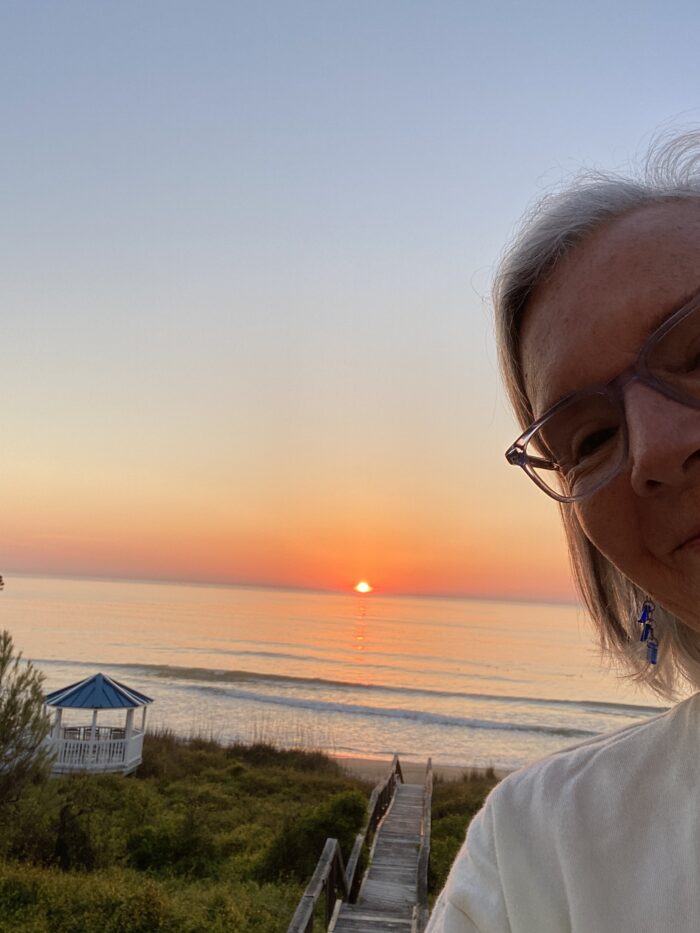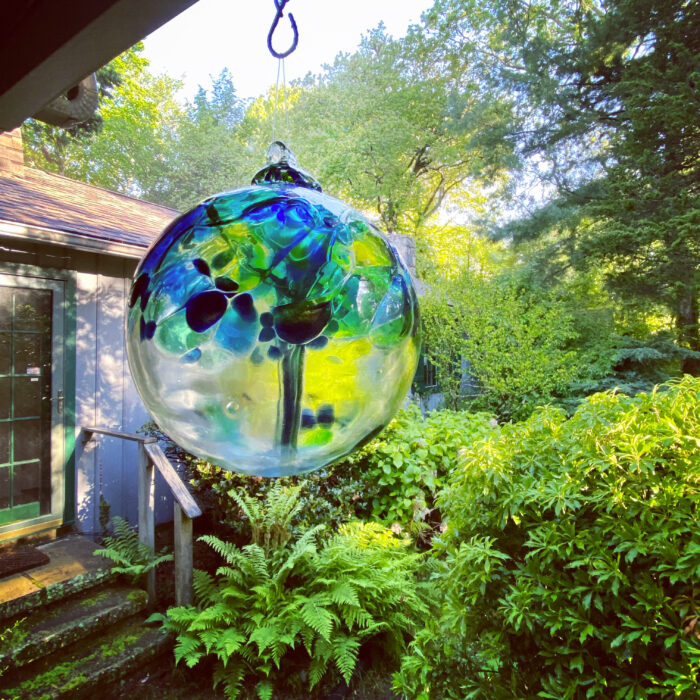 Changing the culture of anything (businesses, institutions, families) means taking a hard look at what works and what doesn’t. We can’t just wave a magic wand and say “change.” We also must consider our communication skills, our interpersonal skills, and often years of patterns of behavior.
Changing the culture of anything (businesses, institutions, families) means taking a hard look at what works and what doesn’t. We can’t just wave a magic wand and say “change.” We also must consider our communication skills, our interpersonal skills, and often years of patterns of behavior.
So when we talk about shifting our schools and classrooms to a more open, collaborative environment, we need to consider that it’s often easier said than done. Maria Ogneva, head of community at Yammer, wrote this solid piece on changing culture (which I learned of from Jane Hart’s community).
She says, “as we all know, every time you attempt to change behavior, you run into resistance. The better you can anticipate resistance and channel it into positive energy, the higher the chances of success.”
How do we anticipate and channel? For many of us, it means taking a look at our goals, our vision. Even as a teacher, I needed to know why I wanted to move from the front of the room to being an active participant in my class. Why? What was my purpose? So for a school, we must ask the same questions: How will this move us to a better place? How will this help us learn? As Maria says, do we know what our mission really is?
But where she really caught my attention was in her list of barriers. Though she is speaking about business, look how we can apply this to education:
- Command and control mindset
- Functional silos
- Rigid hierarchies
- Wrong things measured
Bingo. Can’t you picture your school or school division right now?
In part two, Maria suggests ways to shift culture, offering tips such as starting small and making change relevant and personal. Don’t try to do everything at once, and for goodness sake, use available tools to help discussions happen.
As an example of a company that gets it, she uses one of my favorites, Zappos. I often wonder what we in education could use from that model.
Zappos leadership believes ” if you get the culture right, most of the other stuff — like great customer service, or building a great long-term brand, or passionate employees and customers — will happen naturally on its own.”
Do you know what your school culture is? Do you know what you want it to be? I love the way Zappos identifies its culture in 10 key points:
- Deliver WOW Through Service
- Embrace and Drive Change
- Create Fun and A Little Weirdness
- Be Adventurous, Creative, and Open-Minded
- Pursue Growth and Learning
- Build Open and Honest Relationships With Communication
- Build a Positive Team and Family Spirit
- Do More With Less
- Be Passionate and Determined
- Be Humble
I wonder how different (or alike) our lists would look if each of us in a school tried this. What’s on your list?



